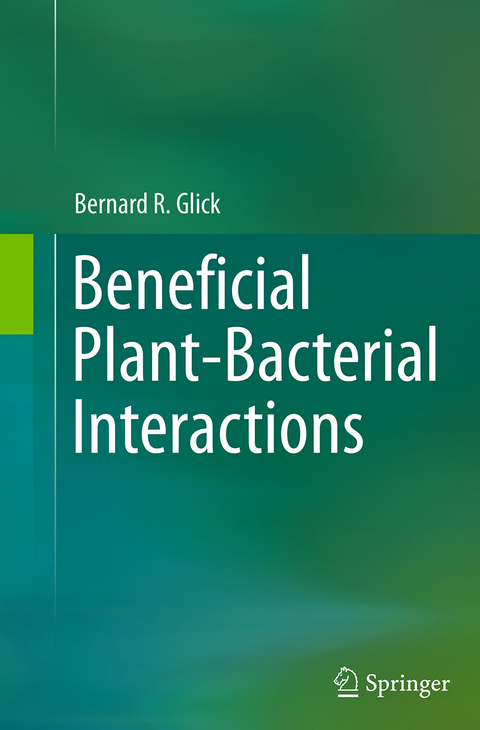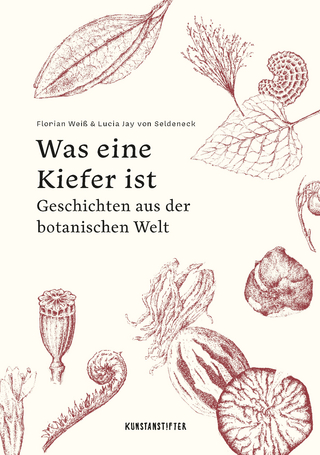
Beneficial Plant-Bacterial Interactions
Springer International Publishing (Verlag)
978-3-319-38128-2 (ISBN)
This monograph provides an overview of beneficial plant-bacterial interactions in a straightforward and easy-to-understand format, and includes a wealth of unique illustrations elaborating every major point. Study questions that emphasize the key points are provided at the end of each chapter.
One way to feed all of the people in the world's growing population is through the increased use of plant-growth-promoting bacteria in agriculture. These bacteria not only directly promote growth but also protect plants against a wide range of biotic and abiotic stresses. Moreover, they can be used to support procedures for biologically cleaning up the environment. Plant-growth-promoting bacteria are already being used successfully on a small scale in several countries, and as this technology matures, the world may witness a major paradigm shift in agricultural practice.
Introduction to Plant Growth-Promoting Bacteria.- Resource Acquisition.- Modulating Phytohormone Levels.- Some Techniques to Elaborate Plant-Microbe Interactions.- Biocontrol Mechanisms.- Environmental Interactions.- Phytoremediation Issues Regarding the Use of PGPB.
"The reviewed book focuses on interaction between plant and bacteria. ... This book is really needful for soil microbiologist, agronomist, soil scientist and policy planner to develop environmentally friendly, socially acceptable and economically viable technology for enhancing sustainable agriculture. ... The audience can easily understand about plant-bacteria interaction and their role in promoting cleaner production of agriculture. This book should be useful to anyone who is interested in developing a relatively broad fundamental perspective on plant-bacteria interactions." (Jay Prakash Verma, Durgesh Kumar Jaiswal, Janardan Yadav and H. B. Singh, Journal of Cleaner Production, Vol. 129, 2016)
"An Excellent, broad, and comprehensive introduction to the multitude of bacteria that promote plant growth, and the mechanisms involved. ... Questions for review and discussion are included at the end of each chapter, and extensive lists of up-to-date sources for further readings are provided, which an instructor could easily use to expand the scope of the material covered. Summing Up: Recommended. Upper-division undergraduates, graduate students, faculty/researchers, and professionals/practitioners." (W. Loescher, Choice, Vol. 53 (1), September, 2015)
| Erscheinungsdatum | 05.03.2022 |
|---|---|
| Zusatzinfo | XII, 243 p. 153 illus., 67 illus. in color. |
| Verlagsort | Cham |
| Sprache | englisch |
| Maße | 155 x 235 mm |
| Gewicht | 393 g |
| Themenwelt | Naturwissenschaften ► Biologie ► Botanik |
| Naturwissenschaften ► Biologie ► Mikrobiologie / Immunologie | |
| Weitere Fachgebiete ► Land- / Forstwirtschaft / Fischerei | |
| Schlagworte | abiotic stress • agricultural science • Agriculture • Biomedical and Life Sciences • biotic stress • Botany and plant sciences • Life sciences: general issues • Microbiology • Microbiology (non-medical) • PGPB • Phytoremediation • plant-microbe interactions • Plant Physiology |
| ISBN-10 | 3-319-38128-8 / 3319381288 |
| ISBN-13 | 978-3-319-38128-2 / 9783319381282 |
| Zustand | Neuware |
| Informationen gemäß Produktsicherheitsverordnung (GPSR) | |
| Haben Sie eine Frage zum Produkt? |
aus dem Bereich


